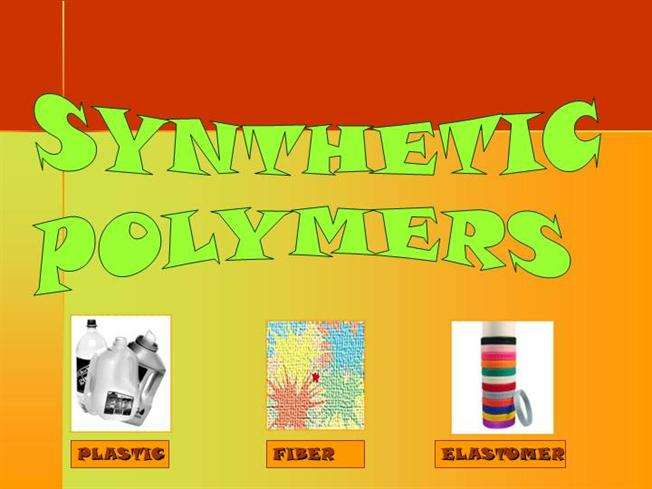Classification of Polymers by the Mode of Polymerization
The monomer molecules which are bonded to each other without losing the other atoms are the addition polymers. The addition monomers from the substituted alkene monomers or the alkenes monomers are the biggest groups of the polymers. Without the loss of any small molecules, ring-opening polymerization can occur. When the two different monomers are combined and a small molecule is lost usually the water then it makes the condensation polymers. Most of the polyamides and the polyesters are lying in the class of condensation polymers.
Classification of Polymers by Physical Response to Heating
Plastics that become soften on heating, and then again become firm when they are cooled are known as the thermoplastics. This type of plastic is more common as heating and cooling can be repeated and thermoplastics can be reformed. Some other plastics, are soften on heating and they can be molded but they are permanently hardened. Generally, they are decomposed on reheating. Bakelite is the example of thermosets and is used in the toasters, and the handles of the dishes, pans, pots, for the billiard balls and for the electric outlets.

Classification Based on the Molecular Forces
Atoms within the molecules are held together by the intramolecular forces. In the polymers, there are strong covalent bonds that join the atoms in the individual polymer molecules and these intramolecular forces are responsible for attracting the polymer molecules to each other. Here is an important thing to note that the properties which are exhibited by the solids such as by the polymer materials are strongly dependent on the forces between the molecules. By using the criteria of the intramolecular forces, the polymers can be classified into the elastomers, thermosetting, thermoplastics, and the fibers.
Classification of polymers Based on the Structure
Based on their structure, the polymers can be classified into three types such as linear polymers, branched-chain polymers, and network, or cross linked polymers. In the linear polymers, the monomers are linked together to make a long chain, they have higher density and have high boiling points. Brach chai polymers have the branches which are originating from the random points of the single linear chain. Due to these branches, the polymers are not closely packed. In the cross linked polymers a three-dimensional network is formed by the monomers. These monomers have strong covalent bonds that are bifunctional, and trifunctional in nature.